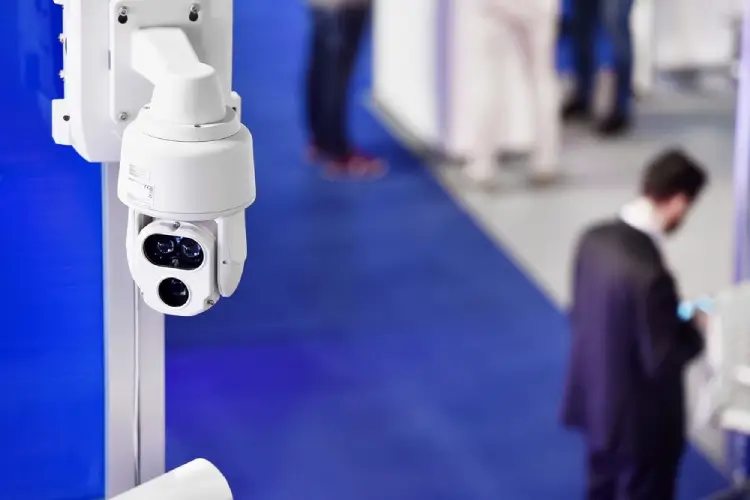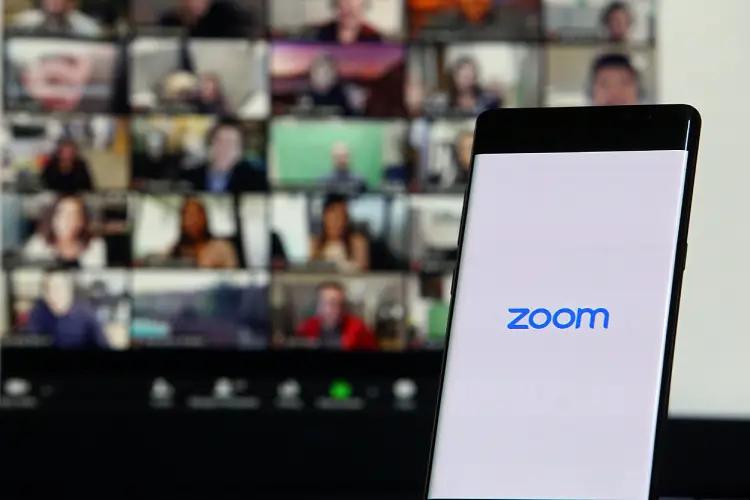
This month, Microsoft removed a feature from its Office 365 suite of applications that tracked the productivity of individual employees following a backlash from critics. Privacy campaigner Wolfie Christl described the Productivity Score feature as a “fully fledged surveillance tool”. “Managers evaluating individual-level employee data is a no go,” he wrote.
Announcing the removal of the feature, the company’s corporate vice president for 365, Jared Spataro, said that the productivity score function “will only aggregate data at the organisation level — providing a clear measure of organisation-level adoption of key features. No one in the organisation will be able to use Productivity Score to access data about how an individual user is using apps and services in Microsoft 365.”
The episode revitalised the debate around how businesses can balance the efficiency and safety improvements promised by so-called ‘productivity monitoring tools’ with workers’ rights to privacy.
But Microsoft is not the only provider to draw criticism: features from Zoom and AWS have also come under similar scrutiny. Many of the controversial features appear to have been introduced in response to the pandemic, offering managers the ability to monitor remote workers as they would previously have done in person.
Is monitoring the behaviour of individual employees an effective way to get the best from the workforce? Or does it represent an unacceptable encroachment of business into the lives of their workers? To understand the views of technology leaders, Tech Monitor has launched a new survey to gauge attitudes to and appetite for these technologies, which you can complete here.
Zoom’s attention-tracking feature
In early 2020, when it experienced explosive growth as lockdowns were implemented around the world, Zoom introduced a feature that assessed whether video conference attendees were paying attention.

The attention-tracking feature alerted the meeting organiser if an attendee had been looking at different window for more than 30 seconds. Magnus Falk, CIO adviser at Zoom, says that the attention tracker was designed for users of specific sectors, such as education, where attendance was a requirement for a course or training.
“The attention tracker was a feature that many clients loved because it allowed someone who is an educator to see whether the people who they are educating are paying attention or not,” Falk says.
“However, when so many people started using Zoom [as a consequence of Covid-19] for more things that we have previously experienced, it became clear that the majority of our users found the attention-tracking feature potentially creepy.”
The “creepiness” of the attention tracker became evident to many workers around the world who were concerned that their bosses could be monitoring what they were doing (or not doing) and was perceived by many as a form of surveillance and privacy violation. Falk says Zoom took this feedback onboard. In April, it removed the attention-tracker feature altogether and committed to offer more transparency about the platform’s privacy.
“It was a balancing and difficult decision where we saw that the feature would be good for some people but bad for others,” he explains. “I know that competitor products have that feature in it and I don’t know what they did with it and I know that the tracking of participants is certainly a live issue with another platform at the moment.”
Having been a CIO himself and having had the option to roll out software of this kind, Magnus says that technology leaders should balance their desire to know what their teams are doing with respecting privacy: “If you come back home and you tell your wife and kids what you are doing and they say ‘uuh!’, you’ve probably failed the ‘creepiness’ test.”
More surveillance on the way?
Another productivity monitoring tool being touted to employers was unveiled at AWS’s re:Invent event last week. AWS Panorama is a device and accompanying developer kit which adds machine learning to existing surveillance cameras to make them smarter. AWS presented the system as a way to improve security and safety on industrial sites but, as reported by Mashable, a customer testimonial from guitar manufacturer Fender documented its use as a productivity monitoring tool.
“With AWS Panorama and help from the Amazon Machine Learning Solutions Lab we can track how long it takes for an associate to complete each task in the assembly of a guitar so that we’re able to optimise efficiency and track key metrics,” said Michael Spandau, the senior vice-president of global IT at guitar giant Fender in the testimonial. It has since been removed, with Amazon stating that it “was not accurately describing [Fender’s] actual use case”.
Panorama was announced with little fanfare alongside AWS Monitron, a low-cost sensor for monitoring the condition of industrial assets. This low-key launch is perhaps indicative of Amazon “dipping their toe in the water”, according to David Basson, a manufacturing adviser at systems integrator Fujitsu.
“You would usually expect Amazon to come in with a big splash and they haven’t done that here,” he says. “I think what they’re trying to do is see if there’s a market where they can create value. They’re also trying to build up their experience working with manufacturers – they’ve been able to work with retailers because they were a legitimate retailer themselves. They need to establish that credibility with manufacturers.”
Basson says this degree of individual surveillance is not necessary for improving the manufacturing process. “You can monitor and digitise any process,” he says. “That process will have a person in it, but you can take them out and just map the co-ordinates around them, which would be good for identifying bottlenecks.”
Employers that wish to monitor employee productivity through technology should consult with workers and their representatives, he adds. “If you are going to go down [the surveillance route] it’s important to engage early and demonstrate to people like the trade bodies what the benefit is for people. It’s the old Google motto of ‘Don’t be evil’ – you need to do these things for the right reasons.”
Productivity monitoring for good?
Despite the potential drawbacks, productivity monitoring tools could bring benefits to staff as well as businesses. Dr Thomas Roulet is a senior lecturer in organisational theory at the University of Cambridge’s Judge Business School, and says such systems could help monitor for signs of burnout in employees working remotely.

Employee burnout is on the rise as the Covid-19 pandemic continues, Roulet says. “The current situation has created more pressures on organisations to adapt, reorient their value proposition. At the same time, they had less resources to do so.
“In the meantime, we all work from home – which makes it hard to maintain boundaries between work and personal life as we work and live in the same place. Because of that, people were more pressurised to work, wanted to achieve more, and were not able to disconnect.”
Technology could help employers spot the early signs of employee burnout and take action, Roulet argues. “A more macro tool that looks at how much teams are overloaded could provide already some insights on what parts of the organisation needs support. It would need to both capture the load in a quantitative manner (the amount of work needed for the team to run its activities smoothly) and in a qualitative manner, capturing the ‘mood’, not only of employees reporting about themselves but also reporting concerns for others.”
But, he adds, “it is very challenging to have tools that can capture risks of burnouts while at the same time respecting privacy. There is a very fine line, and more monitoring might actually generate more frustration among employees, or more pressures, and thus more burnouts.”
What do you think?
Our short survey aims to lift the lid on what people really think of productivity monitoring tools. The results will be published in an article on Tech Monitor early in the new year.
Featured photo by Dennizn/Shutterstock.






